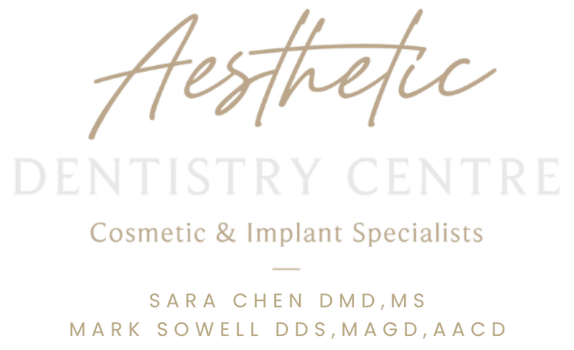When you look in the mirror and flash a big smile, you expect to see a solid, bright row of teeth. So, it can be a little worrying when you start to notice small, dark, triangle-shaped gaps between your teeth right at the gum line. You’re not imagining things. These little spaces are called “black triangles”, or the more technical “open gingival embrasures.”

What Are Those Black Triangles Between My Teeth?
Essentially, a black triangle is a space where your gum tissue doesn’t completely fill the gap between two teeth. It’s totally normal to have very slight spaces there. If you’re noticing new triangles or ones that seem to be getting bigger, it’s your mouth’s way of waving a little flag and asking for some attention. Let’s break down what causes them and if they’re bad for your health.
So, What’s Actually Causing These Gaps?
Figuring out the cause is the most important first step, because that determines the best solution. At our dental office in Plano, TX, Dr. Mark Sowell takes the time to work with you one-on-one to figure out exactly what’s going on in your unique situation.
Sometimes, the cause is simply the natural shape of your teeth. If your teeth are narrower at the top (near the gums) and wider at the bottom (the chewing surface), they naturally form a triangular space where they meet. In this case, the black triangles have been there all along and aren’t necessarily a sign of a health problem.
However, if these triangles are new or growing, that’s a sign that something has changed. One of the most common culprits is gum disease. When your gums are unhealthy because of plaque buildup, they can become inflamed and start to pull away, or recede, from the teeth.
Think of your gums like soil around the base of a plant. If the soil erodes, you start to see more of the plant’s stem. As the gums recede, they stop filling the spaces between your teeth and black triangles appear.
Severe gum disease can even cause bone loss underneath your gums. The bone is the foundation that holds your teeth and gums in place. If that foundation shrinks, your gums will follow. Also other health conditions, like osteoporosis, can affect bone density throughout your body and contribute to this problem.
But it’s not always disease. Sometimes, our good habits can be a little too vigorous. Brushing your teeth too hard or using a toothbrush with stiff, hard bristles can actually wear away your gum tissue over time. This can cause gum recession and those tell-tale triangles. Even orthodontic treatment, like braces, can sometimes move teeth in a way that creates small gaps at the gumline.
Okay, How Do We Make Them Go Away?
Fortunately, you can treat black triangles using several methods, and the right one depends on the cause.
If your dentist finds that aggressive brushing is the issue, the first and easiest step is to change your technique. Switch to a soft-bristled toothbrush and use gentle circular motions instead of hard back-and-forth scrubbing. Your gums are delicate tissue, not a dirty floor that needs to be scoured!
If gum disease is the root of the problem, the absolute priority is to get your oral health back on track. This usually involves a professional cleaning and improving your daily brushing and flossing routine. Once the infection is cleared up and the inflammation goes down, your gums can sometimes become healthier and fuller. They may even reduce the appearance of the triangles.
For triangles that don’t go away on their own, there are some fantastic cosmetic options. Dental bonding is a simple procedure where a tooth-colored composite resin is carefully applied to the sides of the teeth to fill in the gaps. It’s like using a little bit of moldable, white clay to sculpt away the triangle.
Veneers are another option. Veneers are thin, custom-made shells that cover the front of your teeth. The dentist can design them to be slightly wider at the gumline to effectively close the gap permanently.
In more severe cases where there has been significant gum or bone loss, your dentist might recommend a minor surgical procedure. A gum graft takes a small amount of healthy tissue from another part of your mouth and attaches it to the receded area to rebuild the gumline. If the underlying bone has deteriorated, a bone graft can help restore that foundational support.
Your smile is a key part of who you are, and you deserve to feel confident about it. If you’ve noticed black triangles between your teeth, the best thing you can do is get a professional opinion. We can help you figure out the cause and find the right path to a healthier, more complete-looking smile.
Give our Plano dental practice a call or schedule an appointment online. We’re here to help you understand all your options.
